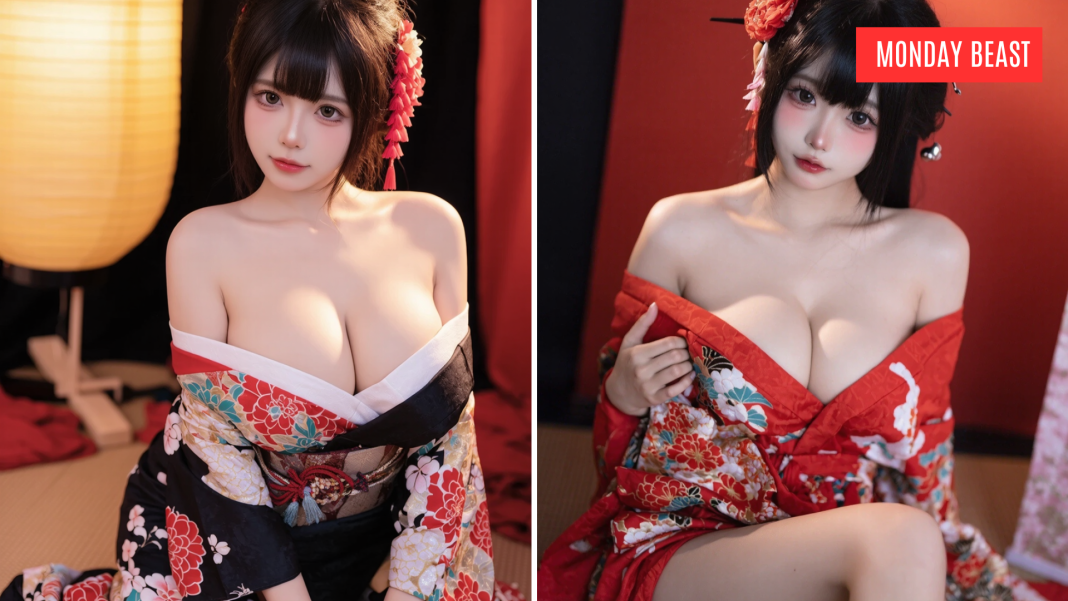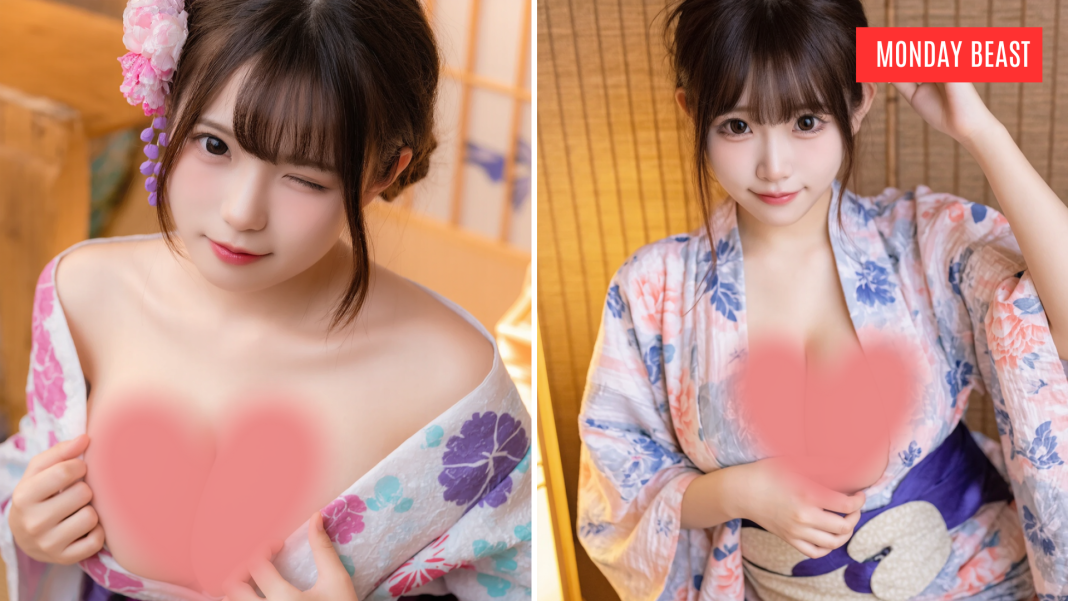Historical Origins
The kimono traces its roots back to the Heian period. This era, stretching from 794 to 1185, was marked by a flourishing court culture. The word ‘kimono’ translates to ‘thing to wear,’ a fitting description for such an iconic garment.
Women of the court showcased their status through intricate layers of kimono, known as ‘juni-hitoe.’ Each layer wasn’t just for show, but signified wealth, power, and a keen sense of artistry consumed in fabric. Imagine the swish of silk echoing through the chambers of ancient palaces. The bold colors and elaborate designs captured the essence of an age brimming with cultural richness.
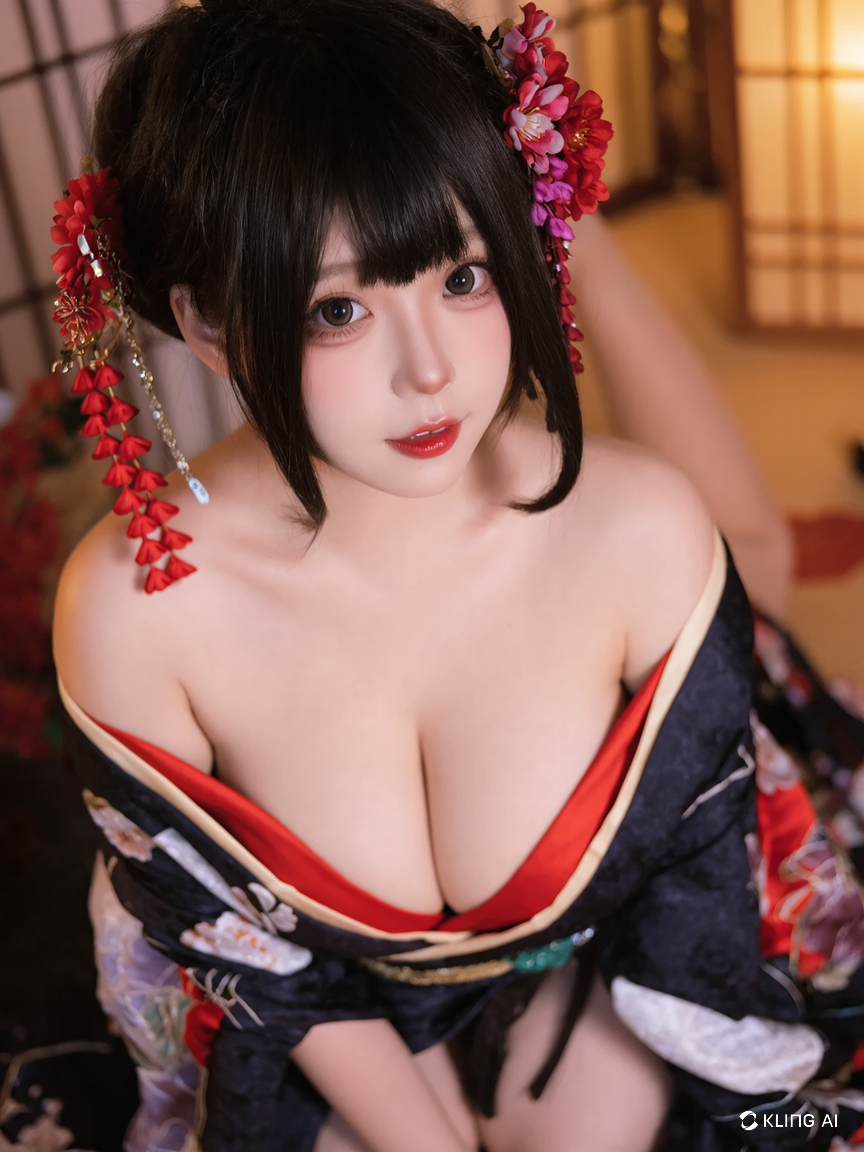
As layering became intricate, so did the craft. Traditional designs became symbols of status and beauty. This intertwining of cloth and culture speaks volumes about a period rooted deep in aesthetics. It instills nostalgia imagining those royal gatherings, where every textile tells a story.
The Edo Period
Fast forward to the Edo period, spanning from 1603 to 1868. Here, the kimono began opening its arms to diverse social classes. It was no longer just a garment for the elite. Instead, it became a canvas for expression among women from all walks of life.
Now, designs were influenced by a woman’s age, marital status, and societal role. Elegant motifs graced the fabric, capturing nuances that spoke to personal identity.
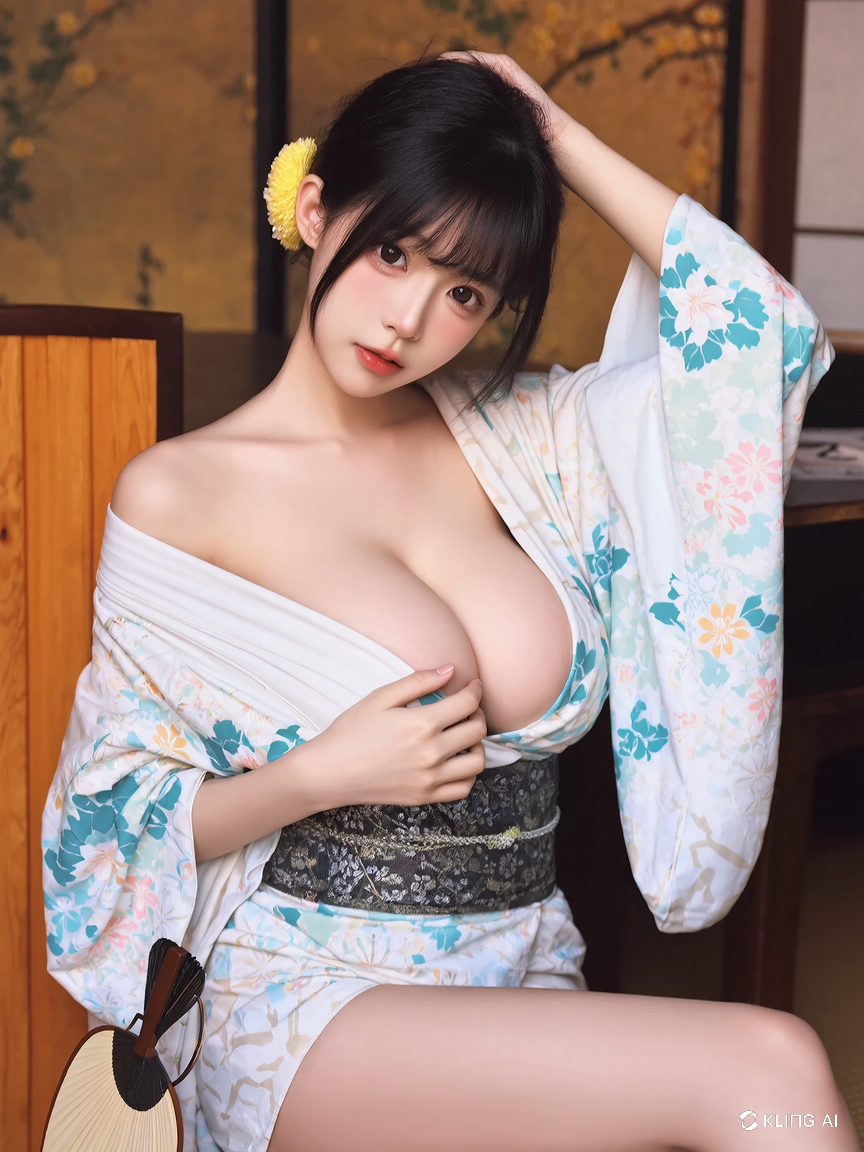
Picture bustling markets with vibrant kimonos hanging like colorful tales waiting to be told.
In a society where clothing often defined status, the kimono represented individuality and pride. Women adorned themselves in silk, not just for fashion but to convey messages about who they were. It was a form of identity, an unspoken language woven into each thread.
Symbolism and Craftsmanship
A kimono is far more than attire; it’s a piece of art. Each pattern carries deep symbolic meanings. Patterns like cherry blossoms evoke the fleeting beauty of life itself. Cranes printed on fabric lend a sense of hope for longevity and fortune.
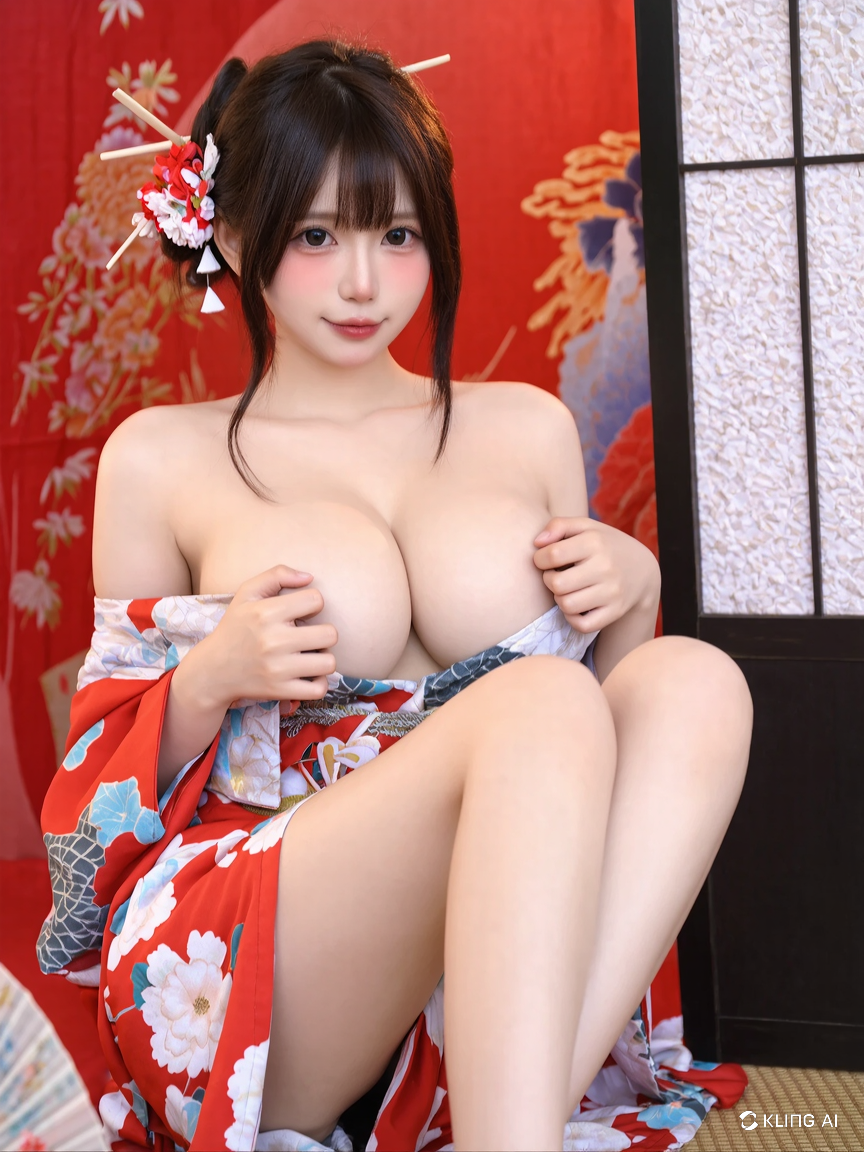
The craftsmanship involved is awe-inspiring. Making a kimono is a labor of love, requiring meticulous attention to detail. From dyeing fabric to hand-stitching seams, each step reflects the dedication of artisans. As I contemplate the hands that create such beauty, I’m filled with admiration for their skill.
The result? A beautiful garment that embodies both artistry and purpose. Whether draped around a figure or displayed on a wall, a kimono transforms space into a story. It captivates not just eyes but hearts, a reminder of cultural roots and artistry.
The Lives of Women in Kimono
Wearing a kimono was an intricate art form. For women in ancient Japan, learning the correct way to wear it was vital. Imagine the graceful movements necessary just to walk. The obi, or belt, had to be tied perfectly. The sleeves arranged specifically for every occasion.
These garments were worn for more than daily activities. They adorned women during weddings, tea ceremonies, and festivals. Each occasion held a unique style, illuminating the diverse tapestry of life.
I often think about how many stories those kimonos hold. Women in kimonos were seen as embodiments of grace, each step a delicate dance. It touched every facet of their lives, from mundane tasks to extraordinary events. The kimono’s significance surpassed mere clothing, weaving itself into daily rituals.
The Modern Kimono
Today, the kimono still holds a special place in Japanese culture. Though not worn for everyday activities, it graces occasions like weddings and festivals with pride. In modern settings, it serves as a cultural beacon, reminding us of its rich history.
What’s fascinating is the blend of traditional and contemporary styles. Modern designers are transforming kimonos into chic fashion statements. This fusion captivates people both in Japan and abroad.
Women around the globe are embracing the comfort and beauty of kimonos. It’s more than just clothing; it’s a tribute to heritage. Wearing a kimono today signifies not just personal style but cultural nostalgia. I can’t help but wonder about the journeys these garments have taken across time and space.
Conclusion
The kimono stands as a testament to Japan’s cultural legacy. It encapsulates the artistry and storytelling of generations past. Women who wore these garments were more than just figures; they were cultural custodians.
Reflecting on the history of the kimono brings an appreciation of its beauty, depth, and emotional resonance. Each kimono tells a unique story, blending past and present, reminding us of the elegance that transcends time.

